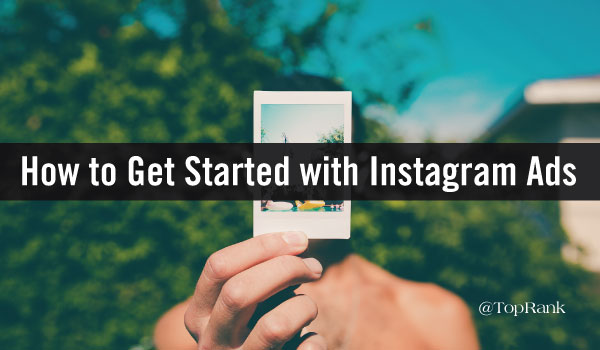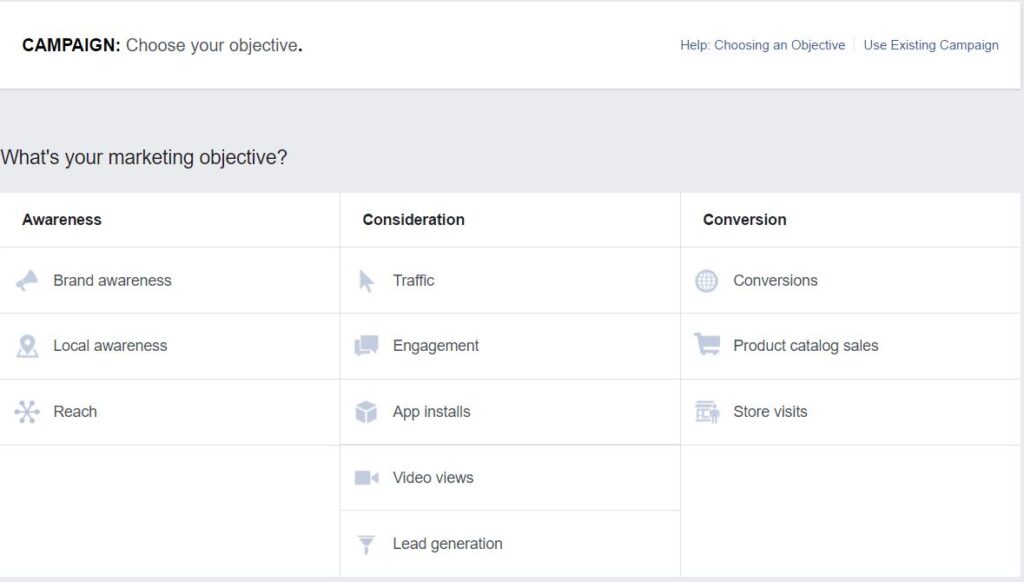
Imagine trying to sell Instagram to a venture capitalist back in 2010. “You see, the biggest problem with Facebook and MySpace is that there are too many words. Our social network will be almost entirely pictures. I know, I know, but get this: People will be able to make their pictures look like crappy Polaroids from the 70s and 80s! AND we’ll do it all on mobile, so people can download these pictures at blistering 2G and 3G speeds!”
It seems like a tough pitch, right? Only a few forward-looking folks knew that visual content was the wave of the future. As mobile speeds increased and phones got smarter, Instagram became a major player in the social media world.
These days, Instagram has a massive amount of potential for marketers of every stripe. 90% of Instagram’s 500 million monthly users are under 35. These millennials and Gen-Zers have plenty of buying power, and the platform has taken pains to introduce and develop marketing-friendly features.
If your brand isn’t on Instagram yet, there’s a good possibility it should be. Brands as diverse as GE and Donna Karan are seeing great results. If you can create arresting visual content for your brand, you’re good to go.
Here’s what you need to know to get started on Instagram.
#1: Create an Instagram Account
Before you start posting your own ads, it’s a good idea to get familiar with the platform. Create a Business Profile account and begin building your audience with engaging content.
Make sure to follow plenty of similar companies to see what the competition is up to, and add a few who aren’t in your vertical but have ideas worth borrowing.
#2: Build an Organic Audience with Great Content
If your brand lends itself to high-fashion photos or dynamic product shots, you don’t need to think too hard about your content strategy. For the rest of us, think of the platform as a place to provide an authentic look into your company’s culture.
Use photos and video to take followers behind the scenes at your company. Introduce employees and show them at work. Give viewers a tour of your headquarters. Take them with you to corporate events.
Instagram supports videos up to 60 seconds long, which is just enough time for a quick how-to or a few words of advice. Keep it non-promotional and valuable, and you can start to grow an organic audience.
Even though Instagram is a visual platform, don’t worry about having the most polished, professional-looking visuals. You’re better off actually using the tools Instagram provides to create authentic-looking images that match the platform’s look and feel.
#3: Connect Your Instagram Account to Facebook Business Manager
Facebook owns Instagram, so you will be posting your ads through Facebook’s Business Manager. That means the basic process for creating Instagram ads should be familiar to anyone who has run campaigns on Facebook.
There are two options for creating ads: Ads Manager and Power Editor. Ads Manager is the simpler of the two, but has plenty of functionality for those just starting out. The platform will walk you through the process of choosing an objective, audience, and adding creative.

#4: Create Ads: It’s Hip to Be Square
There are three types of ads you can create:
- Single Photo: A single photo, oddly enough.
- Photo Carousel: Up to 5 photos that viewers can swipe through
- Video: Up to 60 seconds of video.
Start with the single photo option for your first few campaigns. They’re the simplest to create, but you still have a good chance of seeing results with a strong visual.
Once you have a little experience, try out the photo carousel. See how you can use the format to tell a simple story. Give people a reason to swipe to the next photo.
If you have the setup to create beautiful, compelling video content, it’s worth trying out video ads. These ads tend to have the highest engagement of the three types. Use video to tell a story as visually as possible. As with Facebook, your video should make sense with the sound off.
You can choose ads that run in Instagram’s native square format, landscape, or vertical. Square ads actually give you more screen real estate than landscape ads, so it’s a good idea to stick with that classic square. Use these technical specifications to make sure your ad will look its best.
#5: Use Hashtags Sparingly
Hashtags help Instagram sort and display photos—think of them like the category tags in your blog. Instagram allows up to 30 hashtags per post. You’re likely to see people who make full use of all 30. Resist the urge to follow in their footsteps.
Hashtags work best when you keep them relevant and use no more than five per post. Other users can add more tags when they share your content. So start with minimal descriptive tags and let the community decide what else is relevant. And ignore that 2200 character limit—stick to around 125 characters for your captions.
#6: Tailor Content for Specific Goals
If your goal is to raise awareness and grow your audience, look to content that is already performing well with your organic audience. Put a little budget behind content that is proven to engage, and it’s more likely to enjoy success and help bring in more followers.
For lead gen goals, use visuals that contain a clear call to action. HubSpot did extensive testing on Instagram ad types for their Complete Guide to Instagram Advertising (gated). They discovered—however counterintuitively—that the highest CTR for their lead gen ads came from visuals that looked more like ads than native content. So for your gated content offer, don’t go with a cute kitten picture or an inspirational quote. Offer a preview of the content and make it clear what you want your reader to do.
#Blessed #Success #LovingInstagramMarketing
Instagram may seem like a hard nut to crack, especially if you’re not in an industry known for strong visuals. In reality, though, if you’re successful on Facebook, you can make it on Instagram. Tell a compelling story, provide value for your audience, and they’ll click through.
From more from our team, follow us at TopRankMarketing. Is your brand rocking it on Instagram? If so, tell us how in the comments.


